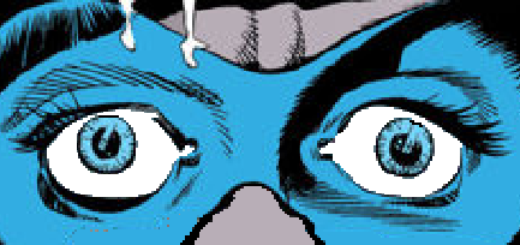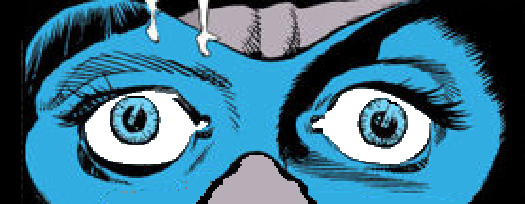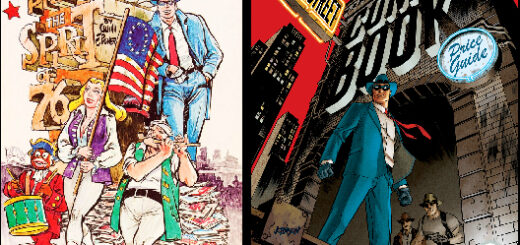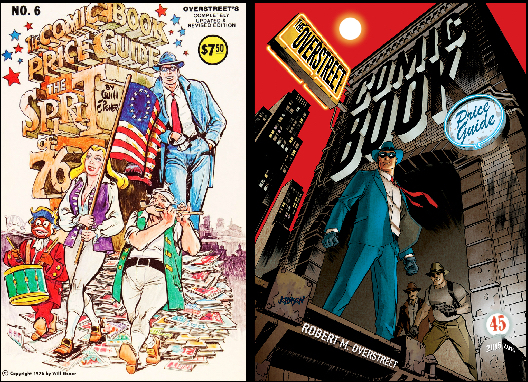Ed Catto: The Spirit at 75, part 2
In last week’s column I started to explore some of the history and issues of managing a brand in its 75th year. As I mentioned, I have had the privilege of managing several brands with long histories, most notably Oreo. I know how tough it can be to keep a brand respectful to its roots, yet relevant for today’s passionate consumers.
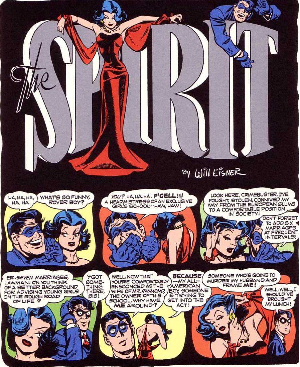 This week the San Diego Comic-Con will be celebrating the 75th anniversary of Will Eisner’s The Spirit, so I was eager to speak with The Will Eisner Foundation’s Carl and Nancy Gropper. And it made sense because they also live the same town as I do – and we have a fantastic local restaurant for breakfast meetings. And I love breakfast.
This week the San Diego Comic-Con will be celebrating the 75th anniversary of Will Eisner’s The Spirit, so I was eager to speak with The Will Eisner Foundation’s Carl and Nancy Gropper. And it made sense because they also live the same town as I do – and we have a fantastic local restaurant for breakfast meetings. And I love breakfast.
I was curious how the Groppers got involved with the foundation, and Carl explained that Will Eisner was his uncle. Growing up, Carl lived in New York City and Eisner lived in White Plains. On weekends, Carl and his brother would visit their uncle in “the country” and sleep over on a pullout couch. Initially, he had no idea who The Spirit was, but he and his brother would stay up late discovering a curious treasure: hardbound collections of the actual Spirit newspaper stories. This was in the fifties, after The Spirit’s weekly adventures had ended.
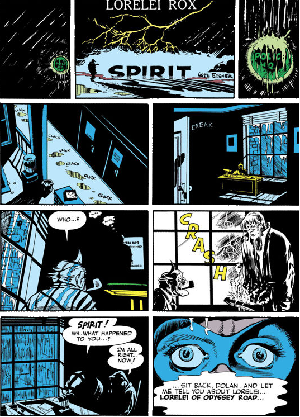 They both were enthralled with their uncle’s adventures of The Spirit. But they felt like they were the only two Spirit fans in a world that had forgotten the hero.
They both were enthralled with their uncle’s adventures of The Spirit. But they felt like they were the only two Spirit fans in a world that had forgotten the hero.
“Who else knew about the Spirit?” Carl said. “Our friends didn’t. It was ancient history. We were 5, 10 or whatever. There were no <reprinted> collections in those days. We might be reading comics, but they were Superman and Batman.” Nancy agreed and added that she was a fan of Archie and Veronica at that time.
Carl explained further that during this period, Eisner was focused on “running the business”, meaning his studio, PS Magazine and the booklets he’d regularly create for Fortune 500 companies. “He was a businessman. Man, was he a businessman!” said Carl.
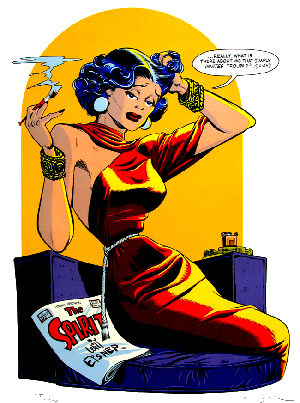 Essentially, Will Eisner didn’t maintain The Spirit “as a brand” for this period. In fact, Carl suggests that it wasn’t until the release of Jules Feiffer’s classic book The Great Comic Book Heroes, which featured a segment on the Spirit, that the public “relearned” about the Spirit. This classic collection was one of the early “real books” about comics. Feiffer started it with a wonderful essay and then reprinted early adventures of heroes such as Superman, Batman, Captain America and … the Spirit.
Essentially, Will Eisner didn’t maintain The Spirit “as a brand” for this period. In fact, Carl suggests that it wasn’t until the release of Jules Feiffer’s classic book The Great Comic Book Heroes, which featured a segment on the Spirit, that the public “relearned” about the Spirit. This classic collection was one of the early “real books” about comics. Feiffer started it with a wonderful essay and then reprinted early adventures of heroes such as Superman, Batman, Captain America and … the Spirit.
Seeking to understand Uncle Will through his nephew’s eyes, it’s no wonder that Eisner was leaving The Spirit behind and exploring new things. One of the great qualities about Will Eisner, according to Carl, was his continuous experimenting and pushing things forward. “He believed the medium could do anything”, said Carl.
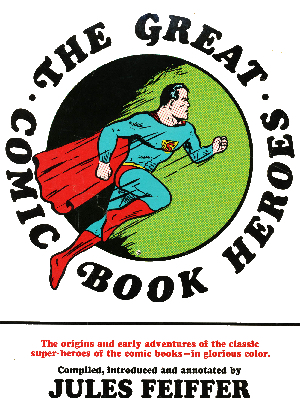 And Eisner was also eager to expand his relationships to include others who were trying new things. For example, Eisner forged a relationship with Dennis Kitchen. Carl told the story how at one of the old Phil Seuling comic conventions, Dennis Kitchen was hoping to meet Eisner, only to find out Will was actively looking to meet him.
And Eisner was also eager to expand his relationships to include others who were trying new things. For example, Eisner forged a relationship with Dennis Kitchen. Carl told the story how at one of the old Phil Seuling comic conventions, Dennis Kitchen was hoping to meet Eisner, only to find out Will was actively looking to meet him.
Eisner created his first graphic novel, A Contract with God and Other Tenement Stories in 1978, and then continued to produce nineteen more graphic novels. All the while, he returned to the Spirit for an occasional illustration or project.
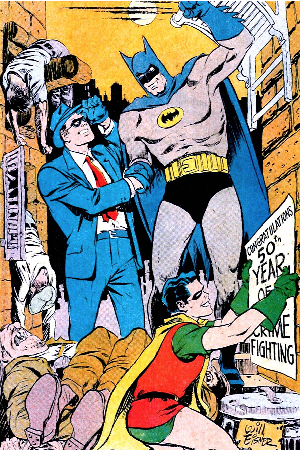 Nancy paused a moment to remark about the type of person Will Eisner was, and fondly remembers him as very warm and kind. She recollects that Eisner was very modest and had no idea about of his substantial contributions to the industry. “It isn’t by chance that the Eisner awards are named after Will. In our opinion, he’s the best person to be acknowledged for this,” added Nancy.
Nancy paused a moment to remark about the type of person Will Eisner was, and fondly remembers him as very warm and kind. She recollects that Eisner was very modest and had no idea about of his substantial contributions to the industry. “It isn’t by chance that the Eisner awards are named after Will. In our opinion, he’s the best person to be acknowledged for this,” added Nancy.
But for the here and now, just how does a brand celebrate a 75th Anniversary? The Eisner Awards at San Diego Comic-Con this Friday, the annual “Oscars-style” ceremony for the comics industry, will embrace the anniversary theme. The annual San Diego Comic-Con Souvenir book will spotlight the 75th Anniversary with a gorgeous Michael Cho illustration on the cover, and Spirit articles and artwork within. And after the San Diego Comic-Con, Geppi’s Entertainment Museum in Baltimore, a leading venue of pop culture, comic and graphic novel art, will feature a Spirit exhibit. (More details on that soon!)
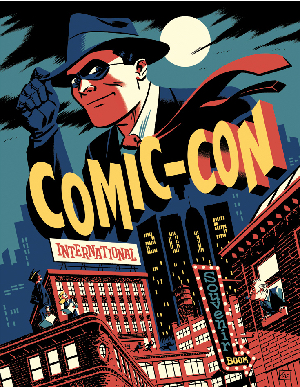 How do they define where to take the brand in the future? “We’re only trying to do what Will would’ve wanted to do, ” said Carl.
How do they define where to take the brand in the future? “We’re only trying to do what Will would’ve wanted to do, ” said Carl.

